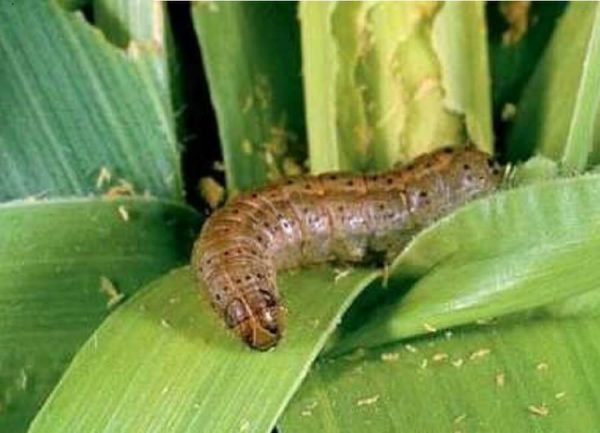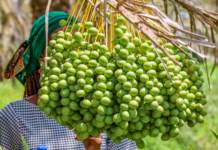The African armyworm (Spodoptera exempta) outbreak has been reported in Gauteng, Mpumalanga, and Limpopo provinces posing substantial threat to food security.
According to Roger Price, research team manager at the Agricultural Research Council, and Dr Godfrey Kgatle, research co-ordinator at Grain SA, the ravaging pest feeds predominantly on grasses, but may also feed on grains, such as maize and millet.
“The outbreaks had been reported in Groblersdal in Limpopo; Carolina and Badplaas in Mpumalanga; and Pretoria North and Bronkhorstpruit in Gauteng,” said Prince.
“The worms are carried by winds from Central Africa, making this a widespread issue rather than a localized one. They enter the country as moths, lay eggs, reproduce, and then die out before winter,” he added.
He stated that although African armyworm outbreaks were sporadic, they occurred fairly often. He added that their severity varied, depending on the scale of infestations in Central Africa.
“This season, the infestation appears to be relatively small so far. Its full extent remains uncertain, but with colder weather approaching, fewer cases are expected,” Price said.
He noted that pastures were most at risk, warning livestock farmers to stay vigilant. When attacked by the African armyworm, kikuyu grass releases cyanide-like chemicals, making it toxic to cattle.
“Cattle can fall ill, and in some cases, vast areas of pastureland can be completely destroyed by these so-called ‘commando worms,’” he said.
Regarding management, Price explained that chemical spraying was not always cost-effective.
“Infestations cover large areas, making large-scale spraying impractical. However, if spraying is necessary, we recommend synthetic pyrethroid insecticides,” he added.
Meanwhile, Kgatle assured that maize farmers with crops beyond the tasseling stage had little reason for concern.
“The African armyworm primarily targets younger, more tender maize plants, especially when its usual pasture food is scarce,” he explained.
However, he cautioned that if the pest migrates to younger maize crops in other provinces, the threat could become more significant.








